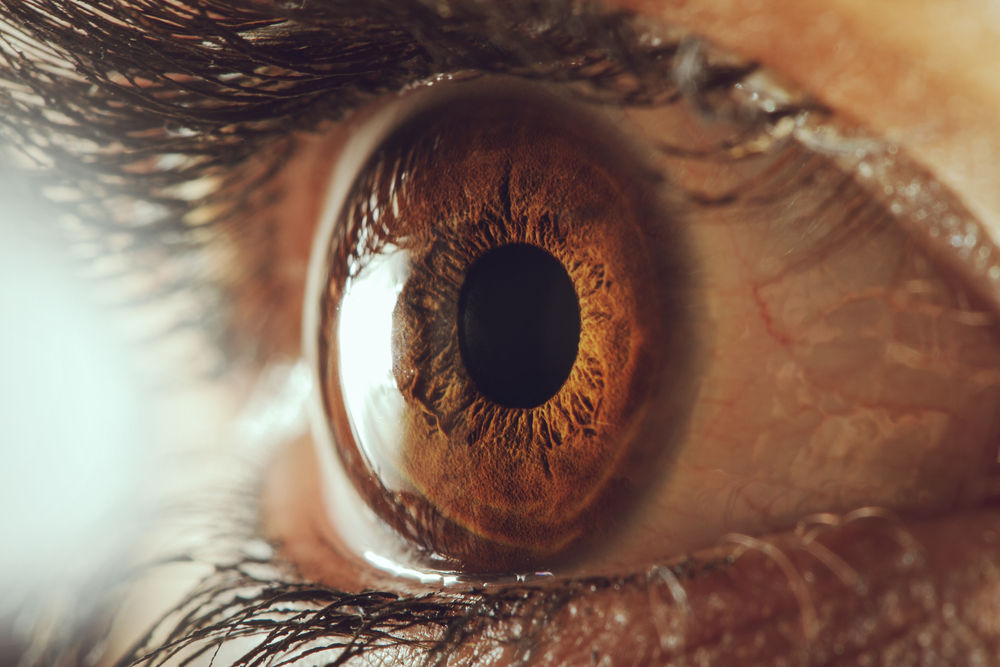Topline Results Announced for Phase 3 Trial Testing GS010 in LHON Patients

GenSight Biologics annnounced the topline results of a Phase 3 clinical trial for GS010, a gene therapy designed to improve vision acuity in patients with Leber hereditary optic neuropathy (LHON), a rare genetic mitochondrial disease that causes vision loss.
The randomized, double-blind, placebo-controlled trial (NCT02652767), called RESCUE, is designed to evaluate the efficacy and safety of a single intravitreal (eye) injection of GS010. The trial involves 39 patients diagnosed with LHON who reported vision loss up to six months before the beginning of the study.
All participants received a GS010 injection in one eye and a sham injection (no substance) in the other, with the therapy being randomly administered in the least and most affected eyes.
Findings showed that in both GS010 and sham-treated eyes, visual acuity decreased to a minimum value between weeks 30 and 40, after which it improved around 48 weeks. These observations were consistent with results from the ongoing Phase 3 REVERSE trial (NCT02652780) for GS010.
“In our REVERSE trial, which included patients with vision loss between 6 and 12 months prior to treatment, we saw more improvement in both anatomic measures and visual functions as the disease entered its chronic phase. The planned readouts of RESCUE data at Weeks 72 and 96 should confirm GS010’s efficacy,” Barrett Katz, chief medical officer of GenSight, said in a press release.
A series of measurements at RESCUE’s first scheduled readout at 48 weeks pointed toward an improvement in visual acuity associated with GS010 treatment. Analysis showed that GS010-treated eyes were three times more likely to have better vision (defined as 20/200 or higher, which corresponds to the threshold for legal blindness) than sham-treated eyes.
Moreover, 1 in 4 patients showed better visual acuity progression and better low-contrast sensitivity from the start of the study to the 48th week in their GS010-treated eyes than sham-treated eyes. Unfortunately, patients’ eyes treated with GS010 failed to reach the trial’s primary objective of visual acuity improvement of more than 15 intelligible letters on the Early Treatment Diabetic Retinopathy Study chart compared with sham-treated eyes.
On the other hand, preliminary safety data indicated that GS010 was well-tolerated throughout the study, with no serious adverse events or treatment interruptions directly linked to the treatment occurring. The most common adverse events included temporary high intraocular pressure and inflammation most likely caused by the intraocular injection itself rather than related to GS010.
“As expected, the RESCUE results at Week 48 present a more complex picture because of the intense, brutal and extremely rapid onset of the retinal ganglion cells’ [nerve cells’] degeneration,” said Bernard Gilly, co-founder and CEO of GenSight.
“But as with REVERSE, later readouts are likely to confirm our confidence in the efficacy of GS010. We eagerly await these upcoming readouts, even as we prepare to discuss the results with the relevant authorities. We remain committed to bringing GS010 as early as possible to the market so that LHON patients can have an effective treatment for their relentlessly blinding disease,” Gilly added.
New data from the second scheduled readout of RESCUE at week 72 is expected in the second quarter of 2019, with the third readout at 96 weeks anticipated to follow in the third quarter.






